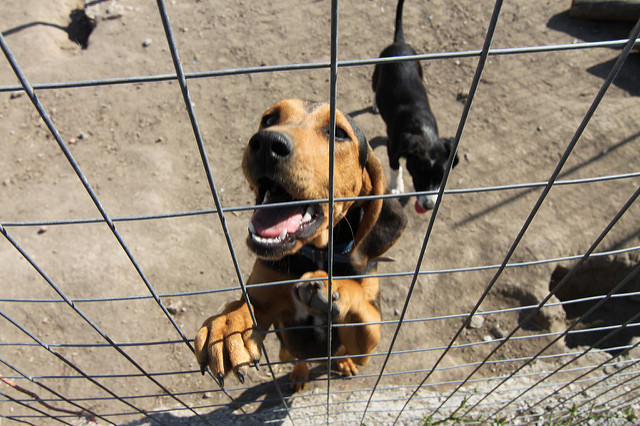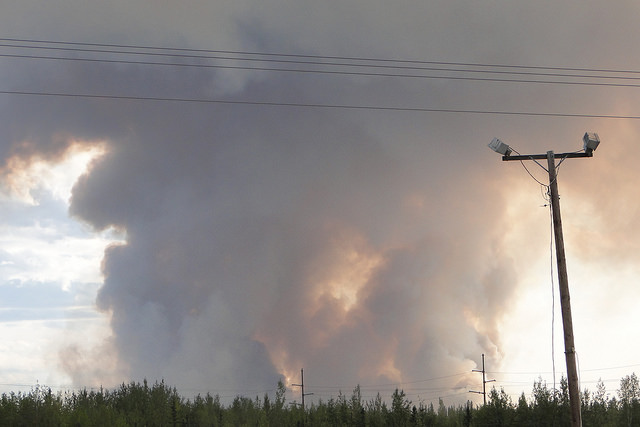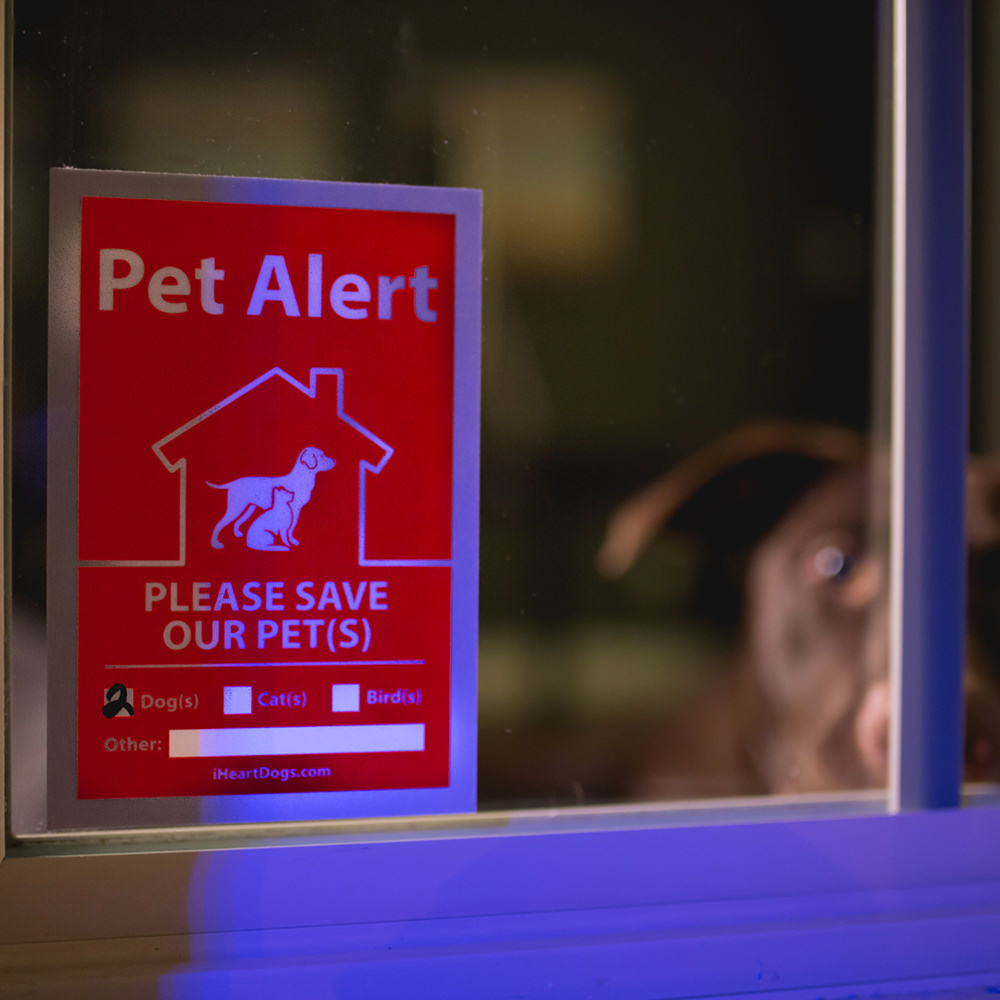Nobody likes to imagine worst-case scenarios, but it is crucial to have a plan in case you have to evacuate with your pets during an emergency.
Depending on where you live, you may need to be prepared for the possibilities of wildfires, flooding, tornadoes, hurricanes, or earthquakes. Since there’s no way to expect the unexpected, here are 9 evacuation preparation tips to prepare you for anything nature may throw your way.
#1 – Keep important paperwork in an accessible watertight bag.

You’ll want the following information kept together and easy to grab in case of emergency:
-A current photo of your pets
-Their age, breed, sex, spayed/neutered status, and color
-Vet and vaccination information with current rabies certificate. For cats, most recent FeLV/FIV test result or vaccination date
-Other vital information such as medical history, medications, allergies, microchip number, and emergency contact information
#2 – Identify your pets…

…With microchips, tags with current contact information affixed to their collar, and labeled crates or pet carriers.
#3 – Have a plan…

…For where you can take your pets in case of an emergency. Many emergency shelters are unable to accept pets, and many hotels are unwilling. Call now and get the information for local hotels, motels, boarding facilities, vet clinics, friends and family, or, if nothing else, shelters that would be willing to house your pets during an emergency situation to save you from scrambling at the last minute.
#4 – Evacuate immediately

The last thing you want is to be stuck on the only highway leading out of town when a hurricane or wildfire hits.
#5 – Bring…

-At least a week’s worth of food and water
-Medications
-Veterinary records
-Litter and a disposable pan (like an aluminum roasting pan) for cats, poop bags for dogs
-Manual can opener
-Food dishes
-First aid kit and other supplies
-Sturdy carrier and/or leash, harness, seat belt
-Toys and bed
#6 – Separate dogs and cats

In an emergency, the behavior of your pets may change. Even friendly pets may become aggressive or defensive, so it’s safest to separate cats from dogs and larger dogs from smaller dogs.
#7 – Set up a buddy system…

…With a friend who can evacuate your pets if you can’t get to them and offer to do likewise for theirs. Make sure they’re familiar with your pets and their needs.
#8 – Get a rescue alert sticker
If first responders get to your home before you or your buddy, it’s important for them to know how many and what kind of pets you have. The best place for this is usually in a window near the front door.

#9 – Practice catching your pet

They’re likely to sense your fear and panic and hide under the bed or play keep-away. Make sure they will reliably come when called and are comfortable getting into their carrier or calm about being hooked to their leash.
 Toledo, United States.
Toledo, United States.